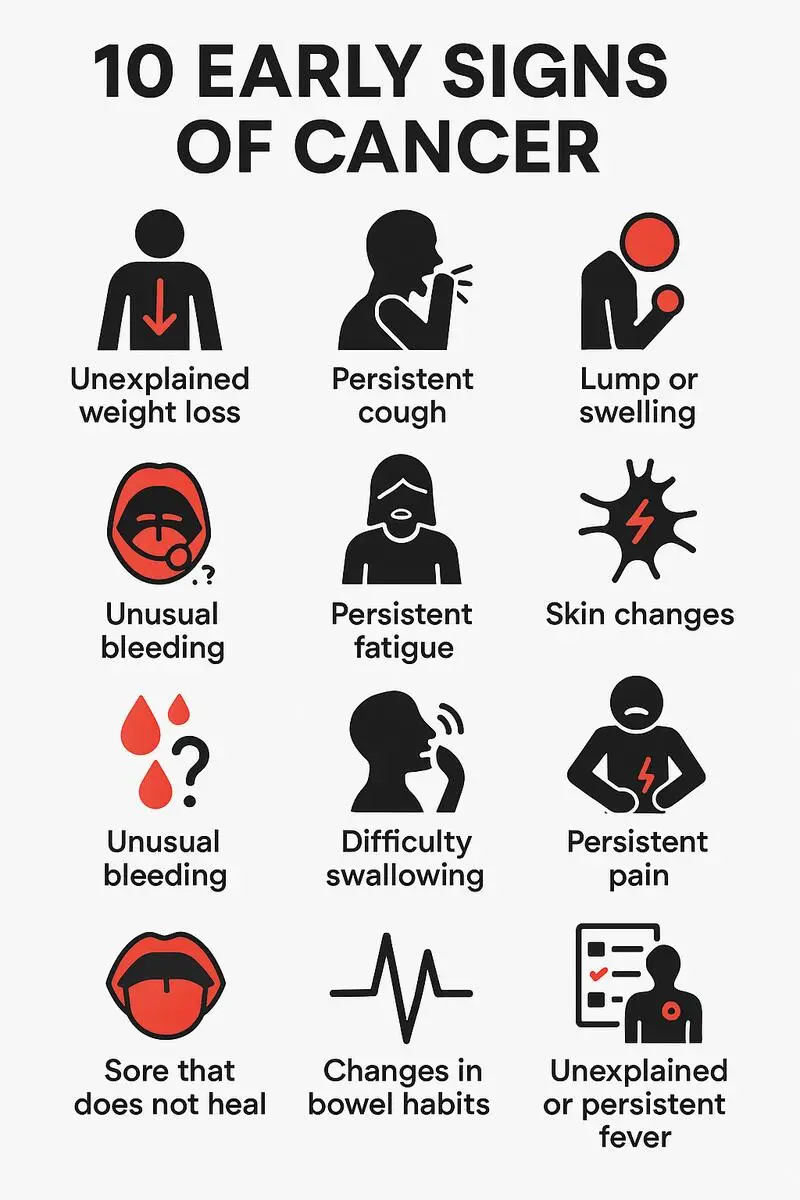- Published on: Aug 12, 2024
- 2 minute read
- By: SecondMedic Expert
Understanding Colonoscopy: What To Expect Before, During, And After
A colonoscopy is a vital screening tool for detecting colorectal cancer, a leading cause of cancer-related deaths. While the idea of the procedure might be daunting, understanding what to expect can alleviate anxiety. This blog will guide you through the entire process, from preparation to recovery.
What is a Colonoscopy?
A colonoscopy is a medical procedure that examines the large intestine (colon) and rectum. A thin, flexible tube with a light and camera (colonoscope) is inserted into the rectum to view the inner lining of the colon. During the exam, polyps (small growths) or other abnormalities can be detected and removed.
Why is a Colonoscopy Important?
Regular colonoscopies are crucial for early detection of colorectal cancer. Detecting and removing precancerous polyps can prevent cancer from developing. The American Cancer Society recommends starting regular colonoscopy screenings at age 45 for average-risk individuals.
Preparing for Your Colonoscopy
Proper preparation is essential for a successful colonoscopy. Your doctor will provide specific instructions, but generally, you will need to follow a clear liquid diet for a day or two before the procedure. You will also need to take laxatives to cleanse your colon.
-
Diet: Stick to clear liquids like water, broth, clear juices, and plain gelatin. Avoid solid foods, red or purple drinks, and milk products.
-
Laxatives: Follow your doctor's instructions carefully. These medications help clear your colon for a clear view.
-
Medications: Inform your doctor about all medications, including over-the-counter drugs, supplements, and herbal remedies.
-
Transportation: Arrange for a ride home as you will be sedated during the procedure.
What Happens During a Colonoscopy?
The colonoscopy procedure typically takes about 30 minutes. Here's a brief overview:
-
Sedation: You will receive sedation to help you relax during the exam.
-
Positioning: You will lie on your side on an exam table with your knees drawn towards your chest.
-
Colonoscope insertion: The doctor gently inserts the colonoscope into your rectum.
-
Examination: The colonoscope is slowly moved through the colon, allowing the doctor to examine the lining for any abnormalities.
-
Polyp removal: If polyps are found, they can be removed during the procedure.
Recovery After a Colonoscopy
Most people recover quickly from a colonoscopy. You may experience some bloating, gas, or mild cramping afterward.
-
Rest: Plan to rest for the remainder of the day. Avoid driving or making important decisions until the sedation wears off.
-
Diet: Start with clear liquids and gradually reintroduce solid foods as tolerated.
-
Recovery time: Most people can resume their normal activities the following day.
-
Follow-up: Your doctor will discuss the results of the colonoscopy and provide any necessary recommendations.
Potential Risks of Colonoscopy
While colonoscopy is generally safe, there are potential risks, including:
-
Bleeding
-
Infection
-
Perforation of the colon (rare)
These risks are low, and complications are uncommon.
Conclusion
A colonoscopy is a valuable tool for early detection and prevention of colorectal cancer. While the preparation might be inconvenient, the benefits far outweigh the temporary discomfort. By understanding the process and following your doctor's instructions, you can feel confident and prepared for your colonoscopy.
Read FAQs
A. No, colonoscopy is typically not painful. You will be given sedation to help you relax during the procedure.
A. Most people recover quickly from a colonoscopy. You may experience some bloating or gas, but you can usually resume normal activities the following day.
A. The recommended frequency of colonoscopies varies based on individual factors. Generally, people with no polyps found during a colonoscopy may need another one in 10 years.









